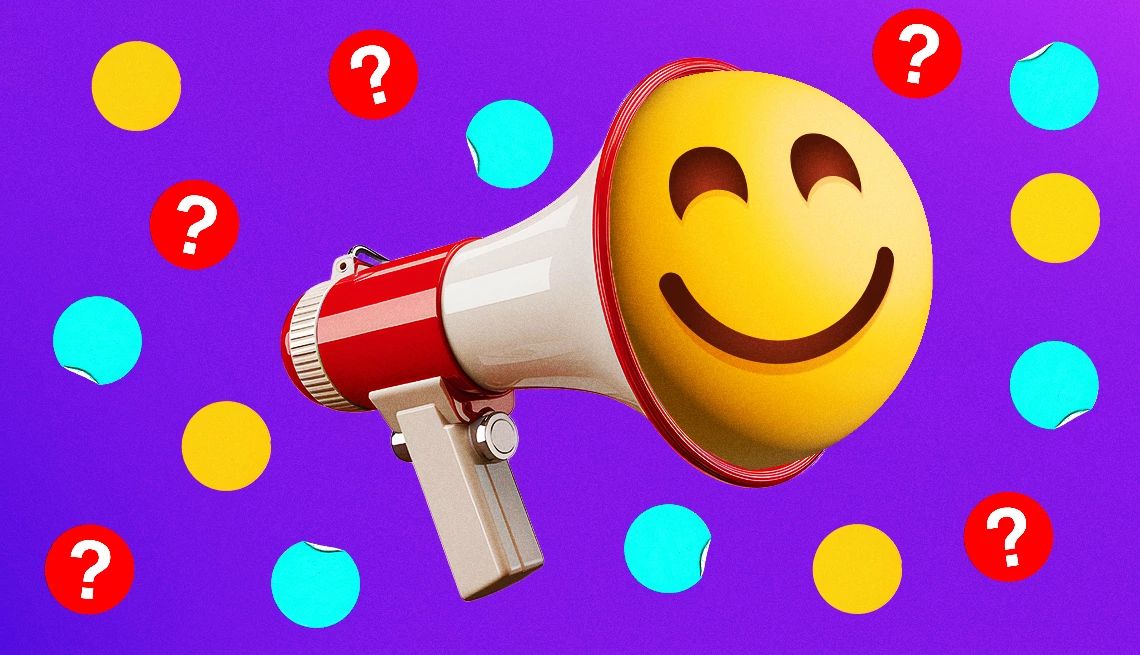AARP Hearing Center


This quiz was created with the assistance of generative AI. It was reviewed by editors before publication.
Nonverbal communication is powerful. Research shows that nonverbal cues oftentimes delivers a more immediate impact than verbal communication, such as apologizing to someone while using strong eye contact and open body language that shows you feel remorseful. If you’d like to learn more about nonverbal communication, read our Smart Guide on the topic. Then take this quiz to test your knowledge.































































You Might Also Like
Test Your Grocery Shopping Savvy With Our Quiz
But first, read AARP’s Smart Guide to Grocery Shopping
Quiz: 99 Great Ways to Save Money in 2025
Let's see what you know about our popular annual feature
Test Your Knowledge of '70s Music Hits
Disco your way down to some classic tunes trivia